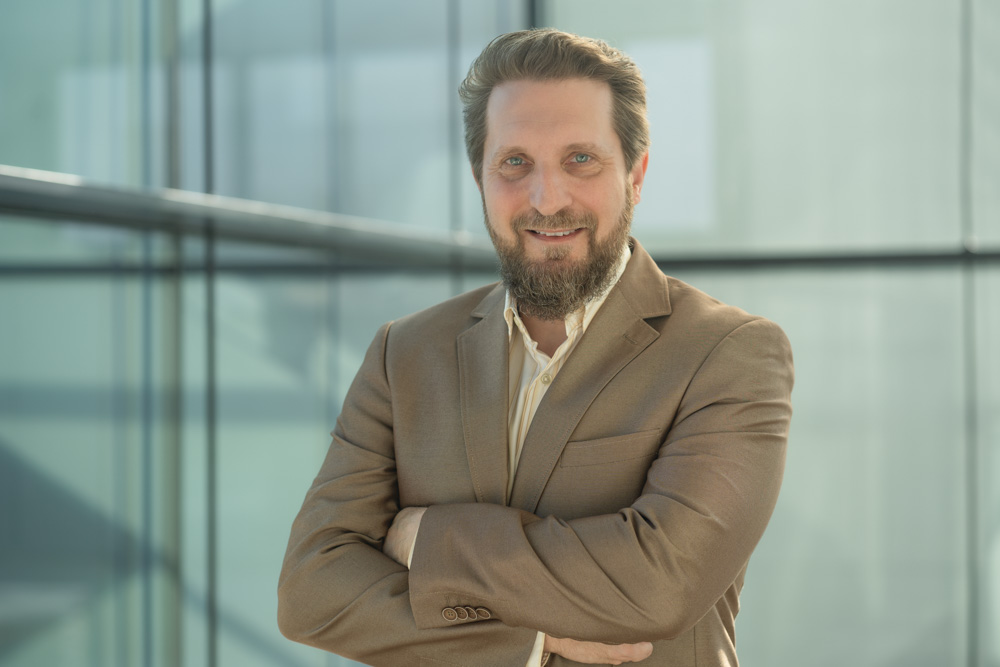-
P. Lehner
-
B. Blinn
-
T. Fischer
-
Bernd Kuhn
-
T. Beck
Influence of the strain rate on the fatigue behaviour of fully ferritic high chromium steel and P91 steel at high temperatures.
In: International Journal of Fatigue
vol. 186
pg. 108388
DOI: 10.1016/j.ijfatigue.2024.108388
Fully ferritic, high-chromium HiperFer alloy presents a promising option, providing a combination of both, high corrosion resistance and material strength above 600 °C. Although these steels show improved strength at creep and thermomechanical loading compared to conventionally used 9–12 % Cr-steels, a comprehensive understanding of their fatigue behaviour and the influence of different strain rates is required. Hence, in this study the fatigue behaviour of HiperFer-17Cr2 was analysed in stress-controlled fatigue tests performed at temperatures above 600 °C and at 0.05 Hz and 5 Hz. Moreover, a martensitic steel P91 was investigated as a reference. The results obtained for HiperFer–17Cr2 reveal an increase in fatigue strength with a decrease in frequency and an increase in stress. Additionally, an influence of the frequency on the cyclic deformation behaviour of HiperFer-17Cr2 was observed, which is characterized by cyclic hardening. This cyclic hardening correlates with an increase in hardness, which is associated with the deformation induced formation of Laves phase particles. After LCF load with lower frequency a stronger hardness increase as well as a higher amount of Laves phase particles and smaller particle-free zones at the grain boundaries were observed, contributing to the higher fatigue strength obtained at lower strain rate.
